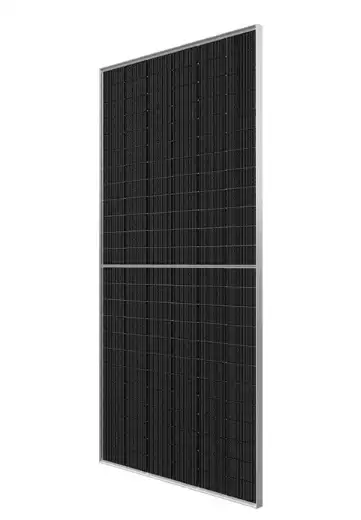Před deseti lety byly solární panely něco, co byste mohli vidět pouze na střeše technologického nadšence nebo rodiny hluboko do zeleného života. Rychle dopředu do roku 2025, a obrázek vypadá velmi odlišně. Solární energie se stala mainstreamem. Lidé se už neptají, zda to dává smysl. Ptáme se, kolik to stojí a jaké úspory to skutečně přináší.
Tento článek se podrobněji podívá na čísla za solárními panely v roce 2025. Mluvíme o nákladech, úsporách a proč produkty jako WonVoltuBifaciální solární panely jsou na trhu vynikající.

Jaké faktory ovlivňují náklady na solární panely v roce 2025
Ceny surovin a globální dodavatelský řetězec
Cena solárních panelů stále závisí na surovinách, jako je křemík, sklo a hliník. V roce 2025 jsou ceny křemíku stabilnější, než byly během divokých výkyvů v letech 2021 a 2022. Přeprava je však stále obtížná. Konteýner z Asie do Evropy může stát o 15 až 20 % více, pokud jsou přístavy přeplněny. Majitelé domů nevidí tuto čáru na účtu, ale je upečena do konečné ceny.
Instalace Pracovní a místní tržní podmínky
Náklady na práci se značně liší. V USA zaplatíte za instalaci kolem 2,50 až 3,00 dolarů za watt. V jihovýchodní Asii je to blíže 1,20 dolaru za watt. Místní pravidla, povolení a dokonce i svah střechy mohou přidat nebo snížit tisíce dolarů. Majitel domu v Kalifornii by mohl utratit 18 000 dolarů za systém o výkonu 6 kW. Někdo ve Vietnamu by mohl dostat stejný systém za polovinu toho.
Technologický pokrok a zvýšení efektivity
Dnešní panely nejsou stejné jako před deseti lety. Jsou efektivnější, což znamená, že potřebujete méně panelů pro stejný výkon. To snižuje náklady na stojany a zapojení. Například dvoustranné moduly WonVolt mohou vytvářet až o 15% více energie tím, že zachytí sluneční světlo na obou stranách. Tento dodatečný výstup zkracuje dobu návratnosti.
Jak sluneční panely poskytují dlouhodobé úspory
Snížení měsíčních účtů za elektřinu
Nejzřejmější výhodou jsou nižší účty. Rodina, která používá 800 kWh měsíčně, může ušetřit 120 až 150 dolarů v závislosti na místních sazbách. Během 20 let je to 30 000 dolarů nebo více v předcházejících nákladech.
Vládní pobídky a daňové úvěry
Stimulace jsou stále velká věc. V USA federální daňový úvěr pokrývá 30% nákladů na instalaci v roce 2025. Německo a Japonsko také nabízejí slevy nebo vstupní cla. Tyto programy mohou zkrátit dobu návratnosti z 10 let na jen 5 až 6 let.
Zvýšená hodnota nemovitostí díky solární integraci
Domy s solární energie se často prodávají za více. Studie společnosti Zillow zjistila, že domy s solární energie se v USA prodávají v průměru o 4% vyšší. Kupující vědí, že solární energie znamená nižší provozní náklady od prvního dne.
Proč si vybrat dvoustranné solární panely pro majitele domů
Vyšší výnos energie z dvoustranné absorpce
Bifaciální panely zachycují světlo jak z přední, tak z zadní části. Pokud jste si někdy všimli, jak jasná střecha vypadá v slunečném dni, pochopíte, proč to záleží. Odrážené světlo se přidává, zejména v oblastech se sněhem nebo světle barevnými povrchy.
Lepší výkon při slabém osvětlení
Oblačné počasí nezastavuje bifaciální panely. Jsou postaveny tak, aby produkovaly extra kilowatthodiny i při měkkém nebo rozptýleném světle. Pro majitele domů to znamená stabilnější produkci během celého roku.
Nižší náklady na elektřinu v průběhu času
Protože oboustranné panely produkují více energie během své životnosti, náklady na kilowatthodinu jsou nižší. Více výstupu, stejné předchozí náklady, lepší hodnota.
Co dělá WonVolt 600W Bifacial Panel chytrou volbou
WV-72KUN605-H8NS Vysoká účinnost a spolehlivost
Tohle 600W modul Je určen pro domácí střechy. Díky pokročilému designu buněk poskytuje silnou účinnost a zároveň zachovává kompaktní velikost.

Optimalizováno pro rezidenční střešní aplikace
Ne každá střecha má hodně prostoru. WV-72KUN605-H8NS se hodí na menší plochy, ale stále poskytuje pevný výkon. Nastavení s 10 panely může pokrýt většinu ročního používání rodiny.
Prověřená odolnost díky dvojitému sklu
Trvalnost je klíčem. Dvojité sklo chrání buňky před vlhkostí a stresem, což dává panelu delší životnost. Mnoho systémů vydrží daleko přes 25-letou záruku.
Jak WonVolt 740W Bifacial Panel maximalizuje návratnost investic
WV-66KUN740-H12NS Výstupní výkon utilitní stupnice
Při 740WTento panel je velmi silný. Často se používá v komerčních nebo komunálních projektech, ale někteří majitelé domů s velkými střechami si ji také vybírají.
Pokročilá technologie buněk MBB 210 mm pro vyšší výnos
Tento panel používá vícemetrné 210 mm buňky. Tyto snižují odpor a zlepšují proud. Jednoduše řečeno, vytváří více elektřiny ze stejného slunečního světla.
Nižší LCOE s inovací typu N TOPCon
Buňky typu N TOPCon uvnitř tohoto modulu poskytují vyšší účinnost a nižší ztráty v průběhu času. Během 30 let může být rozdíl ve srovnání se staršími buňkami o 5 až 7% více energie.
Jaké jsou klíčové trendy v cenách solárních panelů pro rok 2025
Snížení nákladů způsobených masovou výrobou
Globální výroba roste rychle. Samotná Čína přidala v roce 2024 více než 200 GW nové kapacity. To přivedlo k snížení cen po celém světě.
Regionální změny v mírě přijetí solární energie
Vysoké ceny elektřiny udržují v Evropě silnou poptávku. V jihovýchodní Asii, klesající náklady na panely umožňují solární energie pro rodiny se středními příjmy poprvé.
Rostoucí poptávka po dvojitých modulech s vysokým výkonem
Trh se pohybuje směrem k panelům s vysokým výkonem, jako jsou modely WonVolt 600W a 740W. Majitelé domů chtějí méně panelů, více energie a rychlejší návratnost.
Jak si majitelé domů mohou vybrat správné řešení solárních panelů
Odpovídající potřebám energie s výkonem panelu
Začněte s účtem za elektřinu. Pokud spotřebujete 10 000 kWh ročně, budete potřebovat asi 7-8 kW solární energie. To by mohlo znamenat 12 panelů WonVolt 600W nebo méně modelu 740W.
Vzhledem k prostoru střechy a instalačním podmínkám
Ne každá střecha zvládne velké panely. Stín, směr a prostor všechno záleží. Profesionální instalator to může zkontrolovat pomocí softwaru. Rychlé pravidlo: střechy orientované na jih na severní polokouli jsou nejlepší.
Partnerství s Důvěryhodné značky jako WonVolt
Panely jsou 25-30 let investice. Výběr značky s osvědčenou kvalitou, silnými zárukami a globální přítomností je důležitý. WonVolt založil své jméno na těchto silných stránkách.
Časté otázky
Otázka 1: Jak dlouho trvá, než se solární panely zaplatí v roce 2025?
Většina majitelů domů vidí odplatu za 6-9 let. Na místních sazbách a pobídkách záleží. S oboustrannými panely může být časová osa kratší kvůli vyššímu výkonu.
Otázka 2: Pracují oboustranné solární panely na všech typech střech?
Nejlépe fungují na střechách s reflexními povrchy nebo otevřenými systémy. Ale i na běžných asfaltových střechách stále fungují lépe než standardní panely.
Q3: Jaký druh záruky nabízí WonVolt?
Panely WonVolt jsou obvykle dodávány s 12-letou zárukou na výrobek a 30-letou zárukou na výkon. To dává majitelům domů dlouhodobou důvěru ve svou volbu.

